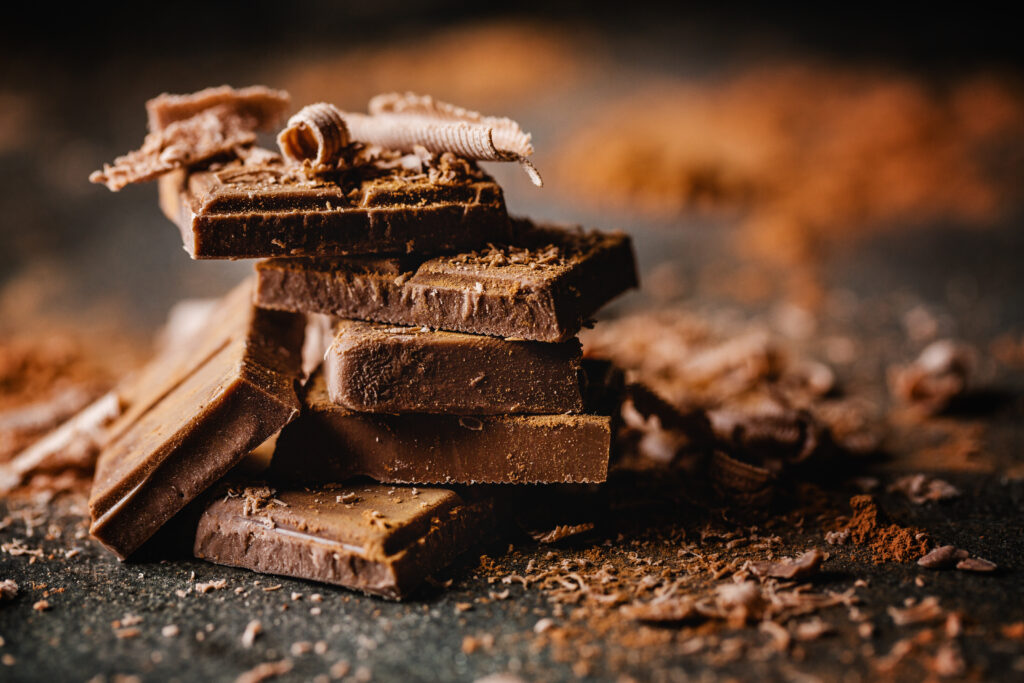
How Halloween Candy Prices Highlight the Urgency Needed in Trade Dealmaking
The evolving trade negotiations that have been a hallmark of the second Trump administration marked a notable shift this week that reflects the consequential nature of the consumer packaged goods industry and the ongoing need for consumers to have continued, undeterred access to the food, beverage, home and personal care products they reach for time and again, through every season, milestone and holiday (more on that below).
When the White House announced trade deals with Malaysia, Cambodia, Thailand and Vietnam, we were particularly encouraged to see that cocoa products made Malaysia and Cambodia’s unavailable natural resources list, denoting it as an input that cannot be made, grown or sourced in the United States due to climate, geographic or other reasons. The inclusion of dozens of other unavailable natural resources — from palm oil to tropical fruit to coffee, tea and spices — is a testament to common-sense recommendations to refine America First trade policy and recognize the ingredients U.S. manufacturers need to make the food, beverage, household and personal care products Americans rely on every day.
This reflects our work to highlight the realities of many of the ingredients that make up the industry’s products: while the vast majority (90%) are domestically sourced, that remaining 10% — like cocoa — simply cannot. The recognition of this by the administration shows their awareness of the nuance and unique circumstances around unavailable natural resources.
And the timing certainly doesn’t hurt as we round the corner to Halloween. With candy prices 78% higher than they were just five years ago, the 80% of Americans who list chocolate atop their list of favorite Halloween treats should certainly welcome this news, particularly after cocoa prices have more than doubled in the past year alone.
Cocoa is undoubtedly an important (and timely) step forward, given the estimated $13 billion consumers are expected to spend on Halloween this year — even after reporting “scaling back” their candy budgets — but it’s just a piece of a larger push to ensure none of the critical inputs on which the CPG industry relies are left behind.
It’s more than a matter of access for manufacturers. When double digit tariffs are levied against these essential inputs (for which there is no domestic supply) the cost of making the final product inevitably increases and will result in higher prices for consumers. Clearly, there’s a better approach than having consumers foot the bill — which is why we have been so vocal on recognizing unavailable natural resources.
With Malaysia, Cambodia and other recently announced deals as a precedent, the time is now for the Trump administration to kick these efforts into high gear. It has already recognized a sweeping list of unavailable natural resources, embedded as Annex III in its recent executive order on reciprocal trade. Now, each time the Trump administration strikes a deal with a country, there’s an opportunity to recognize the unique ingredients and inputs that American manufacturers need from that country — a reflection of the two-way benefits of trade, made possible through the leverage of the president’s America First approach.
Whether we’re readying for the holiday season or looking ahead to the new year, the focus for the CPG industry will always be safe, affordable, accessible products for consumers, all year round, without asking them to absorb higher costs at the register. One country at a time, the Trump administration is securing trade deals that put America First and thoughtfully recognize the needs of U.S. CPG manufacturers. The question is: will there be enough deals, and in short order, to blunt the scariest tariff outcomes?
Published on October 29, 2025


